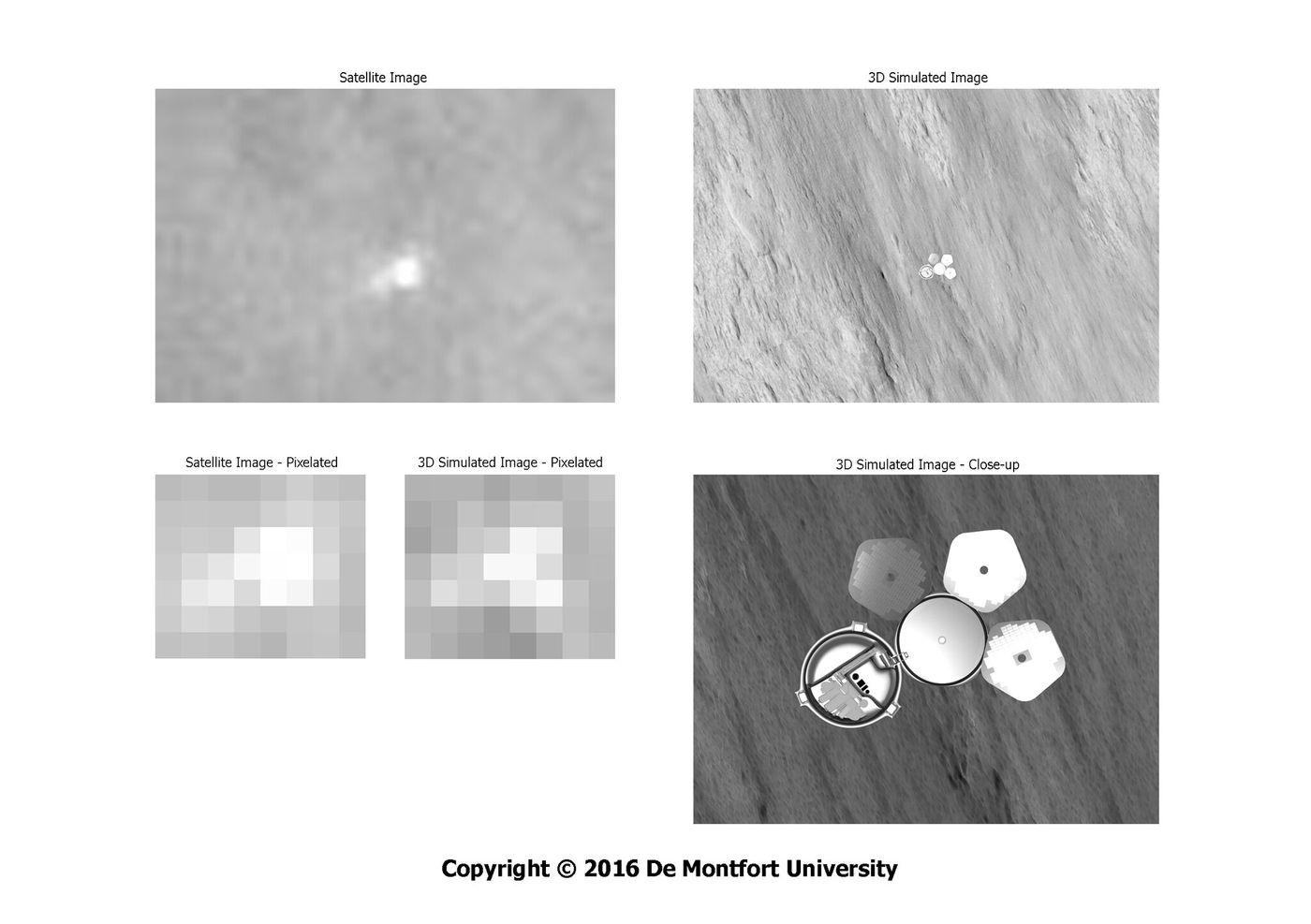New Theory on the Lost Contact With the Beagle 2 Mars Probe
In 2003, European Space Agency (ESA) scientists were overly excited about the landing of the Beagle 2 probe on the Martian surface, but the excitement came to an end after the probe landed and we weren’t getting any signals back from it.
Unfortunately, the probe failed. At the time, we thought Beagle 2 made a crash landing on the red planet’s surface, but images taken by the Mars Reconnaissance Orbiter (MRO)’s HiRISE camera last year suggest that Beagle 2 made a perfect landing after all, as no real damage could be discerned.

The landing was stopped with both parachutes and special airbag cushions, which combined with the lighter gravity on Mars, allowed the probe to bounce safely across the Martian surface, following atmospheric injection, before finally reaching a standstill.
What really caused the probe to stop relaying data to Earth? It turns out that the explanation might be simpler than we think.
Researchers from both De Montfort University and the University of Leicester have collaborated to generate computer models of the landing to try to explain what happened.
“The visual comparison between the real and simulated images could then begin to identify which landing configuration (1, 2, 3 or 4 deployed solar panels) was the best fit,” the researchers said in a statement.
“This was originally a proof of principle project. However, we are delighted to say that we have gone way beyond this original plan to reach this exciting conclusion that Beagle 2 did not crash but landed and probably deployed most of its panels. Hopefully these results help to solve a long held mystery and will benefit any future missions to Mars.”
Beagle 2, like many other spacecraft and space probes relies on solar cells to gather the power it needs to perform its tasks. Although a crash landing most likely didn’t occur, the solar panels in the probe itself may have been defective, preventing it from collecting and generating the power it needed to operate.
At the time, it was thought that only two of the probe’s four solar panels were able to activate successfully, which wasn’t enough to power the probe’s instruments and equipment, but the images seem to suggest that perhaps three, or even all four were activated.
On the other hand, just because they were activated, that doesn’t mean they were deployed properly. At least one of those solar panels may have been deployed incorrectly, which would have prevented sunlight from getting to it and powering the probe so it could communicate with Earth.
Because Beagle 2 didn’t crash land, that means the probe is probably still in very good condition on the Martian surface, not in pieces as we originally thought. But, it's still kaput.
The ESA is now focusing on new missions to Mars rather than wasting time on old ones that failed. Despite the recent mishap with the Schiaparelli lander crashing on the surface rather than landing safely, it’s hoped that the Mars 2020 rover will have a more successful attempt at exploring the red planet’s surface and planet conditions when it launches by the expected date of 2020.
Source: University of Leicester








